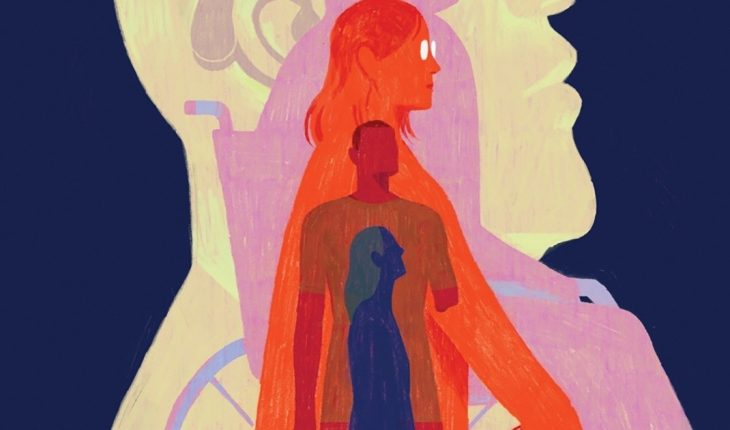The International Day of Persons with Disabilities has been commemorated every December 3 since 1992, the year in which it was declared by the United Nations General Assembly. From this day on, it is about promoting the rights and well-being of people with different abilities in all areas of society and development, as well as raising awareness about their situation in all aspects of political, social, economic and cultural life. According to data from Argentina’s latest census, 12.9% of the population has a disability. This represents some 5 million people who need their country to be increasingly accessible and have at their disposal resources that allow them to move independently to achieve equal opportunities and possibilities. Specifically, Google has a team that is dedicated exclusively to designing and developing products that are 100% designed for accessibility, created for and with people with disabilities.” Google works to contribute to an increasingly inclusive culture in the local communities where it operates. Many of these products are designed with accessibility at the center through the use of advanced technology, such as Artificial Intelligence. We know that over time, these types of technologies will benefit other people without disabilities as well. We want to ensure that the opportunities and possibilities that technology provides reach all people,” says Eve Andersson, Director of Accessibility for Google.
Here are 8 Google tools that help facilitate people’s day-to-day lives:A project for people with speech difficulties
Project Relate is a new Android app that aims to help people with speech impediments communicate more easily with others and interact with the Google Assistant. The app uses phrases that help understand unique voice patterns and grants access to the app’s three main functions: Listen, Repeat, and Assistant.
Lookout is an application available in Spanish that uses artificial intelligence to help blind or visually impaired people obtain information about their environment. Through the camera of the cell phone, this application uses artificial vision to recognize objectives and texts of the physical universe and announce them aloud. It has different modes: it allows you to scan and read documents, identify food labels, objects around them, among others.
Talkback is the Android screen reader, which allows someone to use their cell phone or mobile device without using the visual. This functionality reads the text aloud on the screen, navigates through the applications and facilitates communication with braille, voice and the keyboard. The app already has the option to configure the Spanish language for the Talkback braille keyboard.The user can type braille whenever and wherever he wants, in an email, a text message, in a document, in social networks, etc.
Voice Access is another of the accessibility products for Android, which allows you to use your cell phone without touching the screen. This app allows people to browse apps, compose and edit text, and talk to the Google Assistant without using their hands. Products for people with hearing loss
Instant Transcription
The Live Transcribe app was developed by a Google employee with hearing loss. It allows to obtain real-time transcripts of conversations that are happening around, through the use of the cell phone microphone. A year ago, the possibility for the app to visually identify ambient sounds was added, such as a dog barking nearby, or someone knocking on the door or a speeding car.
The Sound Amplifier helps make sound clearer and easier to hear. This functionality can be used on Android phones with the use of headphones that filter, increase and amplify sounds that are around. Products for people with motor disabilities
It is an experimental Android app that uses the movement of the eyes and gaze to select pre-written phrases on a screen and communicate aloud. People have to look left, up, or right to quickly select what they want to say within a list of phrases. In addition, it has the functionality of customizing the words or phrases so that people can show their real voice and the sensitivity in eye movement can be adjusted.
Camera Switches turns the phone’s camera into a new type of switch that detects facial gestures. It’s now possible for anyone to use eye movements and facial gestures customized for their range of motion to navigate on their phone, without hands or voice!
Learn more about Google’s initiatives! From today and every Friday of 2022, the Twitter account of @GoogleArgentina will be sharing more accessibility tools and content related to diversity, equity and inclusion from the regional digital campaign #DiversidadEnGoogle.





